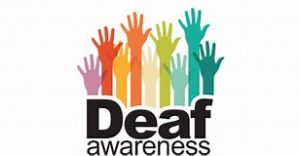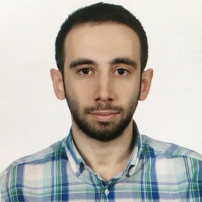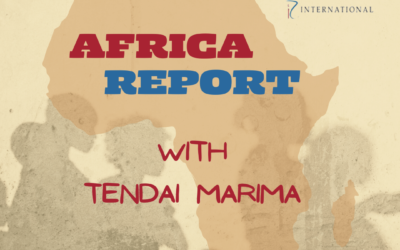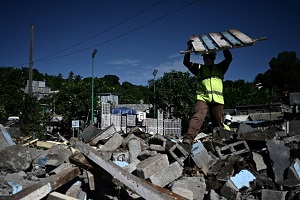
Umm Muhammed Umar
September is the International Month of the Deaf. The Deaf Federation of South Africa promotes awareness of Deaf persons in South Africa as well as equality for deaf people, amongst deaf people and is promoted by deaf people Radio Islam spoke to speech therapist Naseema Kader. Deaf Awareness month brings us together to recognize our contributions to domestic and global prosperity, to secure the human rights of all deaf people, and to prepare our deaf community for challenges in the future.
Kader says that the fact that we still have deaf awareness campaigns tells us that there is still a huge gap in terms of getting people to understand what deafness is all about, and accepting people who are deaf. She says that while there is still a lot of work to be done, campaigns do help. She said that without campaigns like this people tend to be not well informed about different types of disabilities. and, and that’s what, that’s what the campaign is all about isn’t actually internationally for the entire month. This campaign runs internationally for the entire month.
Kader explained the difference between a person who is deaf, and a hard of hearing person as: a person who has hearing loss would, depending on the severity of the hearing loss, need to have an assessment. Based on that, the person could be diagnosed as hard of hearing. So, they would rely on using an assistive device like a hearing aid or a cochlear implant or a bone anchored hearing aid, enabling the hard of hearing person to function close to normal. Meanwhile, a person who is deaf, would generally also benefit somewhat from using assistive devices, but would hear only very loud sounds, such as a car hooting or a siren. This is very important as it orientates the person as to where they are, and alerts them to possible danger. The deaf person, however, will not be using the hearing aids to help them to communicate. For this, they would rely more on lip reading, or they would relax rely more on sign language to communicate.
COVID unfortunately, has adversely affected most of the promotions that would take place previously, such as Casual Day, which was the first Friday of every September- where all types of disabilities were promoted. Most deaf awareness now takes place via social media. Nevertheless, Kader advises that people distance themselves from the stigma of any disability, but most especially with regards to deafness, as it’s not something that is visible. She adds, “if somebody has a physical disability, you can see that they are using a wheelchair, for example. You can see the person is immobile, and people are very willing to assist.” Another example that Kader uses is that of a person who is blind, “even if a person is blind, you can see that they are using the using a cane or they need some sort of assistance.” She says that unfortunately, you can’t see that a deaf person has a disability, making it a little more of a challenging.
Kader says that people talk to deaf people and then realize they’re not understanding what they saying. She says that even if the deaf person tries to communicate and get across that they have a disability or that they can’t hear what’s being said, people tend to respond by talking to them more loudly or more slowly, which is ineffective, as if the person is hard of hearing you’re actually distorting the speech. She suggests facing the person when you are speaking, and ensuring there’s enough of light on your face when you are speaking, as the deaf are heightened in terms of visual senses, and will be able to pick up what you’re trying to say. She says that deaf people are very accommodating so if you use gestures or point, or even try to write something down or type it on your phone, knowing that you’re trying to communicate with them, they will make the adjustments they need to, and also try and get a message across to you.







0 Comments